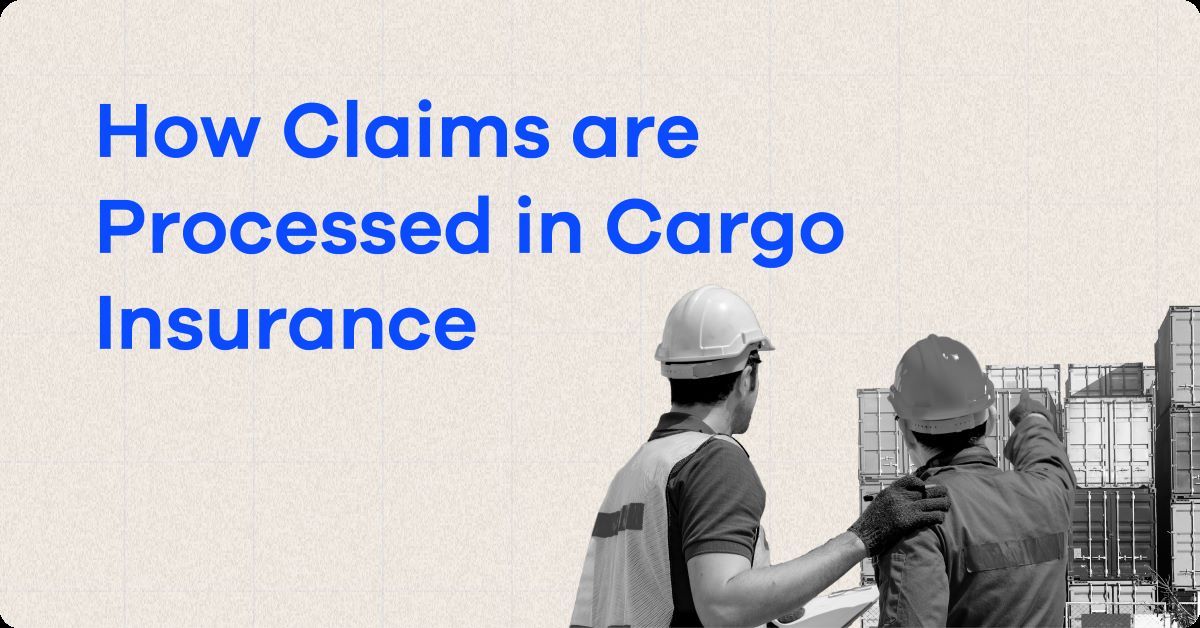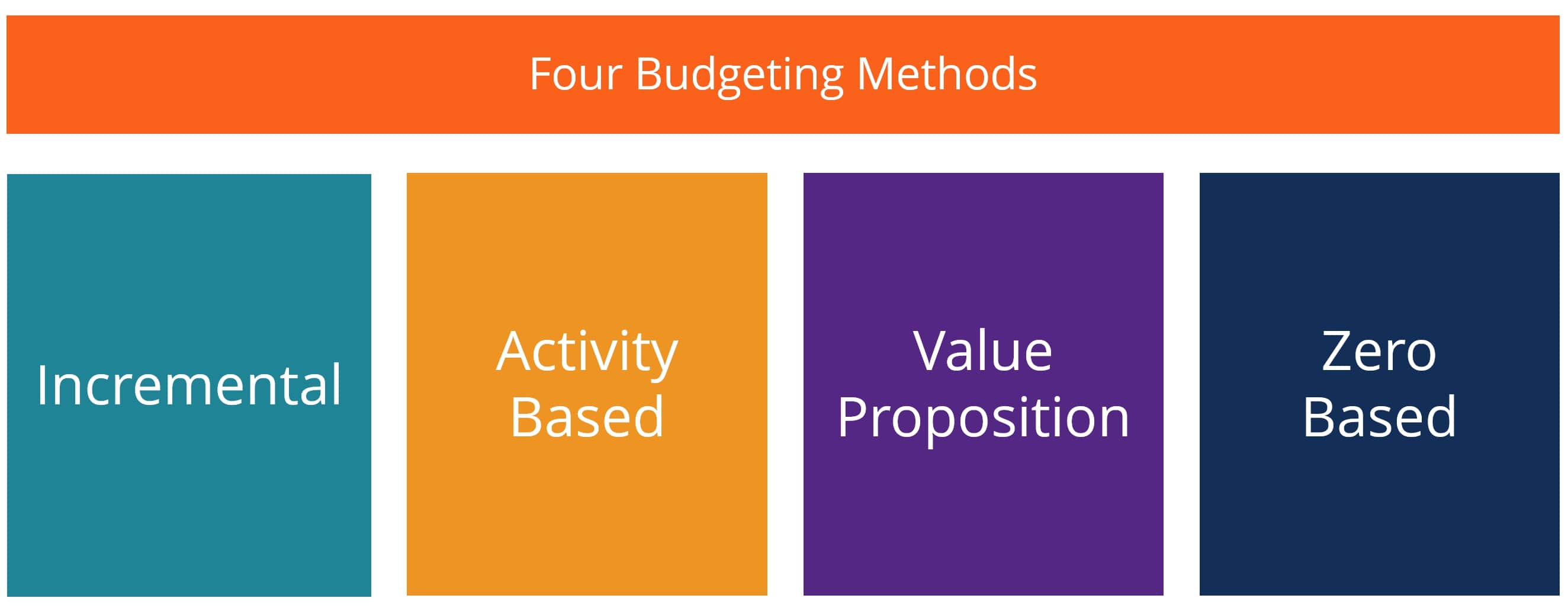Home>Finance>How Much D&O Insurance Is Needed For Non-profit?


Finance
How Much D&O Insurance Is Needed For Non-profit?
Modified: December 30, 2023
Get insights on determining the required amount of Directors and Officers (D&O) insurance for non-profit organizations. Finance your non-profit effectively with the right coverage.
(Many of the links in this article redirect to a specific reviewed product. Your purchase of these products through affiliate links helps to generate commission for LiveWell, at no extra cost. Learn more)
Table of Contents
Introduction
Non-profit organizations play a vital role in society, working towards various philanthropic causes and serving communities in meaningful ways. However, just like for-profit corporations, non-profits face their fair share of risks and uncertainties. That’s where Directors and Officers (D&O) insurance comes into play. D&O insurance provides financial protection to board members and officers in the event that they are held personally liable for their actions or decisions while serving in their capacity.
While it’s commonly known that D&O insurance is important for corporate entities, many non-profits fail to recognize the significance of this coverage. Non-profit organizations, with their unique structure and objectives, also require adequate D&O insurance to safeguard their leadership team.
This article aims to provide a comprehensive understanding of D&O insurance for non-profits, detailing the factors that affect the insurance needs, guidance on assessing risk exposure, and determining the adequate coverage amount for your non-profit organization.
By the end of this article, you will be equipped with the knowledge needed to make informed decisions about your non-profit’s D&O insurance
.
Understanding D&O Insurance for Non-profits
D&O insurance is specifically designed to protect the personal assets and liabilities of board members and officers in the event they are sued for alleged wrongful acts committed in their role. While it is often associated with for-profit corporations, D&O insurance is equally important for non-profit organizations.
Non-profits face unique challenges and risks due to their mission-driven nature and reliance on volunteers. These organizations are not immune to lawsuits, as they deal with various parties such as donors, employees, beneficiaries, and regulatory authorities. A D&O insurance policy provides coverage for legal defense costs, settlements, or judgments arising from these types of claims.
It’s essential to understand that D&O insurance does not cover intentional illegal acts, fraud, or criminal activities. However, it does protect directors and officers from personal liability arising from allegations of mismanagement, negligence, breach of duty, defamation, and other similar claims. This coverage is crucial as non-profit board members can be personally sued, and their personal assets are at risk without adequate insurance.
D&O insurance policies typically consist of three main components:
- Side A Coverage: This covers the personal liability of directors and officers when the organization is unable or unwilling to indemnify them. It provides protection when the organization’s own indemnification or reimbursement is not available.
- Side B Coverage: Also known as company reimbursement coverage, this component reimburses the organization when it indemnifies directors and officers for covered claims.
- Side C Coverage: This component protects the organization itself from certain types of claims, such as securities-related disputes or employment practices lawsuits.
It’s worth noting that D&O insurance policies can vary significantly in terms of coverage limits, exclusions, and endorsements. It is crucial to review and assess the policy carefully to ensure it aligns with the specific needs and risks of your non-profit organization.
Factors Affecting D&O Insurance Needs
Several factors influence the D&O insurance needs for non-profit organizations. Understanding these factors is crucial in determining the appropriate coverage for your organization:
- Size and Complexity: The size and complexity of your non-profit are significant factors in assessing D&O insurance needs. Larger organizations with more board members, higher revenue, and complex operations generally face greater risks and require higher coverage limits.
- Mission and Activities: The nature of your organization’s mission and activities can also impact your insurance needs. Non-profits involved in activities that may carry higher liability risks, such as providing healthcare services or working with vulnerable populations, may require more comprehensive coverage.
- Volunteers and Staff: The involvement of volunteers and staff in your non-profit’s operations can affect your insurance needs. Consider whether your policy should extend coverage to volunteers, as they may also face personal liability risks.
- Board Composition: The composition and experience of your board of directors play a significant role in assessing D&O insurance needs. Boards with experienced members may be less prone to errors and omissions, potentially requiring lower coverage limits.
- Financial Stability: The financial stability of your organization is another crucial factor. Non-profits with limited financial resources may opt for lower coverage limits, while those with substantial assets and reserves may require higher limits to protect their board members’ personal assets.
- Legal and Regulatory Environment: The legal and regulatory landscape in which your non-profit operates can influence your insurance needs. Consider potential legal and regulatory risks specific to your industry or the jurisdictions in which you operate.
- History of Claims: Reviewing your organization’s past claims history can provide valuable insights into your D&O insurance needs. If your non-profit has a history of lawsuits or claims, it may indicate a higher risk profile and the need for higher coverage limits.
By carefully considering these factors, you can determine the appropriate coverage limits, endorsements, and policy features to adequately protect your non-profit’s board members and officers.
Assessing the Non-profit’s Risk Exposure
Assessing the risk exposure of your non-profit organization is a crucial step in determining the appropriate level of D&O insurance coverage. By understanding the potential risks and vulnerabilities, you can ensure that your insurance policy adequately protects the board members and officers.
Here are some key areas to consider when assessing risk exposure:
- Governance and Compliance: Evaluate the effectiveness of your non-profit’s governance structure, policies, and procedures. Identify any potential gaps or weaknesses that could lead to allegations of mismanagement or breach of fiduciary duty.
- Financial Stability: Perform a thorough analysis of your non-profit’s financial stability. Assess factors such as revenue sources, fundraising activities, and financial management practices. Financial instability can increase the likelihood of lawsuits or claims against board members and officers.
- Employee and Volunteer Relations: Consider the relationships between your non-profit and its employees and volunteers. Ensure that you have appropriate employment practices and volunteer management policies in place to mitigate the risk of employment-related claims or allegations.
- Programs and Services: Evaluate the nature of the programs and services provided by your non-profit. Identify potential risks or liabilities associated with these activities. For example, if your organization offers youth mentoring programs, there may be child protection and safety risks to consider.
- Legal and Regulatory Compliance: Stay informed about the legal and regulatory requirements relevant to your non-profit. Non-compliance with laws and regulations can result in legal actions against board members and officers. Ensure that your organization has robust legal compliance processes and practices in place.
- External Relationships: Evaluate the relationships with external parties such as donors, contractors, partner organizations, and beneficiaries. Any disputes or issues arising from these relationships could potentially lead to lawsuits or claims against board members and officers.
By conducting a thorough risk assessment, you can identify the potential areas of vulnerability and take proactive steps to mitigate those risks. This assessment will help you determine the appropriate level of D&O insurance coverage needed to protect your non-profit’s leadership team.
Determining the Adequate Coverage Amount
Determining the adequate coverage amount for your non-profit’s D&O insurance is a critical step in ensuring sufficient protection for your board members and officers. While there is no one-size-fits-all approach, considering the following factors can help you make an informed decision:
- Size and Complexity: Evaluate the size and complexity of your non-profit organization. Larger organizations with more board members, higher revenues, and complex operations generally require higher coverage limits to adequately protect their leadership team.
- Perceived Risk Exposure: Assess the level of risk exposure your non-profit faces. Consider the nature of your activities, the potential for lawsuits or claims, and the industry in which you operate. Organizations operating in high-liability sectors, such as healthcare or environmental conservation, may require higher coverage limits.
- Financial Resources: Review your non-profit’s financial resources and reserves. Adequate coverage should take into account the organization’s ability to cover legal expenses or settlements without jeopardizing its overall financial stability. Consider the potential impact on your non-profit’s mission if a significant claim were to occur.
- Historical Claims: Evaluate your organization’s past claims history. A non-profit with a history of lawsuits or claims may indicate a higher level of exposure and may require higher coverage limits to protect its board members and officers adequately.
- Legal Requirements: Research any legal or regulatory requirements pertaining to D&O insurance in your jurisdiction. Some states or governing bodies may have minimum coverage requirements for non-profit organizations. Ensure that your coverage meets or exceeds these requirements.
- Industry Benchmarks: Consider industry benchmarks and best practices when determining the appropriate coverage amount. Speak with industry experts or consult with insurance professionals who specialize in serving non-profit organizations. They can provide valuable insights into the coverage limits typically recommended in your industry.
When determining the adequate coverage amount, it is crucial to find the right balance between providing comprehensive protection for your board members and officers and managing the premiums within your non-profit’s budget. Engaging in thorough risk assessment and thoughtful consideration of the above factors will help guide you in selecting an appropriate coverage amount.
Key Considerations in Choosing D&O Insurance
Choosing the right D&O insurance for your non-profit organization requires careful consideration of various factors. The following key considerations can help you navigate the process and make an informed decision:
- Policy Coverage: Review the coverage provided by the insurance policy. Ensure that it includes the necessary protections for your board members and officers, such as coverage for defense costs, settlements, judgments, and legal representation.
- Policy Exclusions: Understand the exclusions in the policy. Some common exclusions may include deliberate illegal acts, fraud, dishonesty, and certain types of claims like sexual harassment or discrimination. Evaluate these exclusions to ensure they align with your organization’s specific risks and operations.
- Policy Limits: Assess the limits of coverage offered by the policy. Adequate coverage limits should account for potential legal expenses, settlements, and judgments that your non-profit may face. Consider the size of your organization, risk exposure, and financial resources when determining appropriate coverage limits.
- Defense Cost Provisions: Some policies may provide defense cost coverage within the policy limits, while others may offer defense cost coverage outside the limits. Understand how defense costs are addressed in the policy and evaluate if it aligns with your organization’s needs and potential risks.
- Underlying Coverage: If your non-profit has existing insurance policies in place, such as general liability or employment practices liability insurance, consider how the D&O policy interacts with these underlying coverages. Ensure that there are no coverage gaps or overlaps that could leave your organization unprotected.
- Retention or Deductible: Evaluate the retention or deductible amount associated with the policy. This is the amount your organization would be responsible for paying before the insurance coverage comes into effect. Consider your non-profit’s financial resources and ability to cover this deductible amount.
- Insurer Reputation: Research the reputation and financial stability of the insurance company offering the D&O policy. Look for insurers with a strong track record of handling claims efficiently and providing reliable coverage. This will give you peace of mind that your claims will be handled effectively if the need arises.
- Policy Renewal: Consider the flexibility and ease of policy renewal. Non-profit organizations go through changes over time, and it’s essential to have a policy that can adapt to your evolving needs. Evaluate if the policy allows for adjustments to coverage limits, endorsements, and additional insureds as your organization grows and changes.
Taking these considerations into account will help you choose a D&O insurance policy that aligns with your non-profit’s specific needs, provides adequate protection for your board members and officers, and offers peace of mind in the face of potential liability risks.
Conclusion
D&O insurance is a crucial component of risk management for non-profit organizations. It provides essential financial protection to board members and officers in the event they are sued for alleged wrongful acts or decisions in their role. By understanding the importance of D&O insurance and the factors that affect coverage needs, non-profits can make informed decisions to adequately protect their leadership team and the organization as a whole.
In this article, we explored the significance of D&O insurance for non-profits and the unique considerations that come into play when determining coverage requirements. We discussed factors such as size and complexity, mission and activities, financial stability, and legal and regulatory compliance. By assessing the non-profit’s risk exposure, organizations can identify potential vulnerabilities and take proactive steps to mitigate risks.
Determining the adequate coverage amount involves careful evaluation of various factors, including perceived risk exposure, financial resources, historical claims, and industry benchmarks. Selecting the right D&O insurance policy requires a thorough understanding of the policy coverage, exclusions, limits, and other policy provisions. It is also important to consider the reputation and financial stability of the insurer.
By considering these key factors and engaging in thoughtful evaluation, non-profit organizations can choose a D&O insurance policy that provides comprehensive protection for their board members and officers. This protection not only safeguards individuals from personal liability but also ensures the organization’s continued ability to carry out its mission and serve its community.
Remember, each non-profit organization is unique, and the insurance needs may vary. It is recommended to seek advice from insurance professionals who specialize in serving non-profits to tailor the coverage to your organization’s specific requirements.
By prioritizing D&O insurance and taking proactive steps to manage risks, non-profit organizations can navigate the challenging landscape, mitigate potential liabilities, and continue making a positive impact in the communities they serve.














